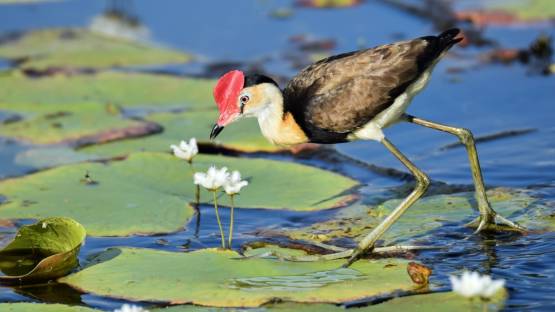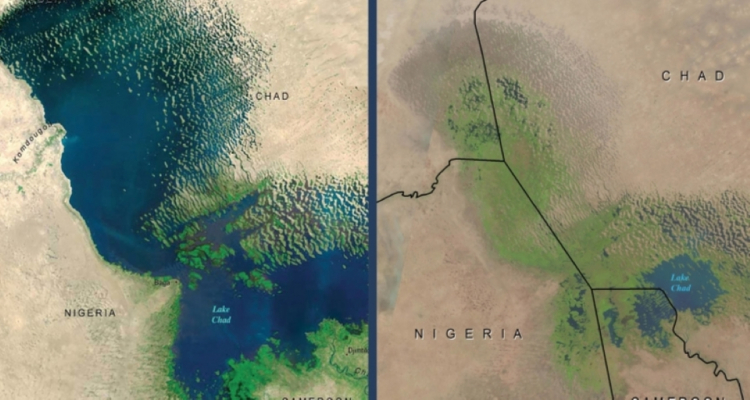In 2020 wildfires destroyed approximately 30 per cent of the Pantanal, South America’s largest wetland spreading across Bolivia, Brazil and Paraguay. For the last 60 years, one of Central Africa’s historically large wetlands, Lake Chad, has been slowly disappearing.
World Wetlands Day, celebrated by the United Nations for the first time this year, highlights the importance of the conservation and sustainability of one of the world’s most threatened ecosystems for the health of people and the planet. The IAEA contributes with the use of isotopic techniques to their study and protection.
Improved wetland protection and management can help avoid continued damage to these important ecosystems. Wetlands provide homes to animals and plants and play a crucial role in climate change mitigation and adaptation by absorbing carbon and providing natural protection against storms and flooding. Yet, wetlands are disappearing fast due to human activity: they are drained to create agricultural land or are impacted by the overuse of neighbouring groundwater systems for fresh water. With a global loss of 35 per cent since 1970, they are also increasingly vulnerable to changes in land use around the world.








